Context
Tool mentors explain how a tool can perform tasks, which are part of ITUP processes and activities. The tasks are listed as Related Elements in the Relationships section.
You can see the details of how processes and activities are supported by this tool mentor, by clicking the links next to the icons:
Details
IBM® Tivoli® Storage Process Manager (ITSPM) provides capabilities to manage requests for storage capacity in the
support of the manage data life cycle and Manage Storage Resources activities.
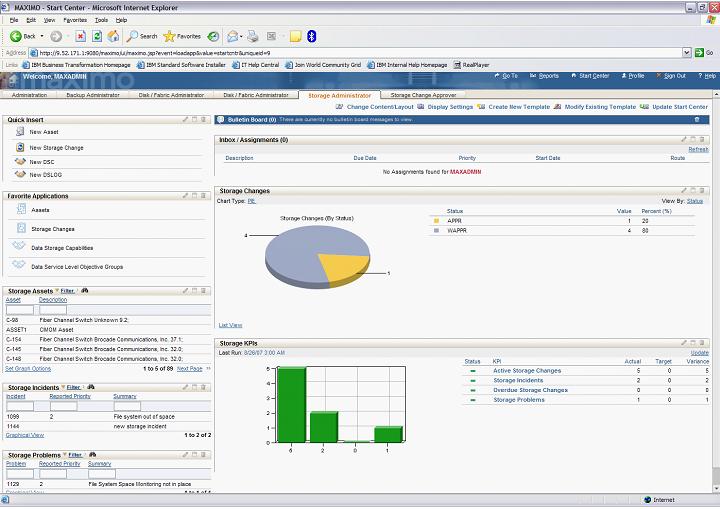
ITSPM enables repeatable processes to be defined and implemented for managing the storage infrastructure. These storage
processes are based on the ITSM Change Management process and can be integrated with application and server management.
Assigning storage capacity to a server or deleting files from a server are different options that can be used to
satisfy requirements for additional storage capacity. ITSPM provides the processes that manage requests for
additional capacity for a server:
-
Storage Provisioning – assign storage capacity to a server that is consistent with the business requirements of the
data that will use the storage.
-
Data Cleanup – reclaim file system space by archiving and deleting files that are no longer being used or do not
have any business value.
ITSPM integrates with the operational management products (OMPs): Tivoli Storage Manager (TSM) and TotalStorage
Productivity Center (TPC). Discovery library adapters (DLAs) are provided to populate the CCMDB with storage
information from TSM and TPC. Also, ITSPM supports the launch of TSM and TPC user interfaces to perform data cleanup
and storage provisioning operations.
ITSPM extends the capabilities provided by CCMDB and the Change Management process:
-
ITSPM provides a model of storage and information lifecycle management (ILM) attributes in the CCMDB. Data service
level objectives (DSLOGs) are used to specify the data requirements. DSLOGs can then be mapped to the data service
capabilities (DSC) that best represent a matching set of storage capabilities.
-
ITSPM provides new storage RFC categories, task types, process templates, and activity templates. These additions
allow coordination and management of the tasks involved in satisfying data cleanup and storage provisioning
requests. The processes provide best practice information and can be customized. Reporting and monitoring is
available for the processes. Each request for change (RFC) for storage provisioning or data cleanup contains
references to the affected configuration items (CIs):
-
-
Computer system CIs requiring data cleanup or requesting additional storage.
-
Storage subsystem and fiber channel switch CIs associated with a storage-provisioning request.
Take these steps to configure and manage requests for storage capacity.
-
Populate CCMDB with storage information
Utilize the bulk loader to import IDML books generated by the TSM and TPC DLAs.
-
Define ILM policies
DSLOGs describe the ideal requirements for data on the supporting storage infrastructure for a given
business use. Individual objectives represent performance and availability requirements and are grouped
together to form a DSLOG. Installation-specific objectives can also be defined. These objectives
also provide a record of the requirements in a technology independent way.
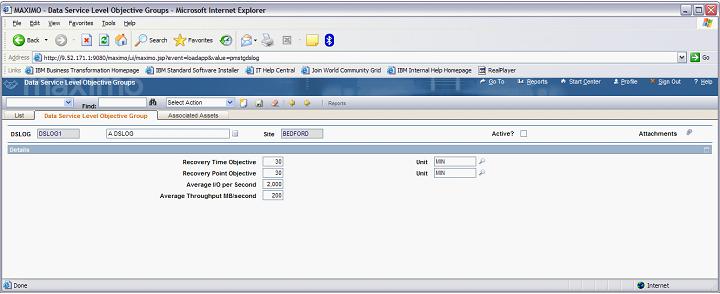
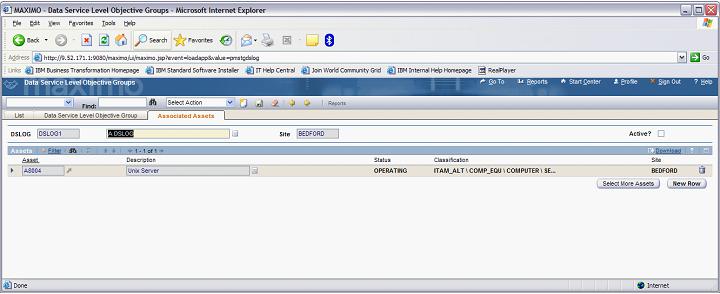
Data service capabilities (DSCs) are represent the service characteristics available from the actual
storage. DSCs are also expressed as attributes in terms consistent with and conformable to the
DSLOGs. DSCs provide the relationship to the actual storage subsystems. This relationship is used to provide
recommendations for what subsystems should be used to provide space for storage provisioning requests.
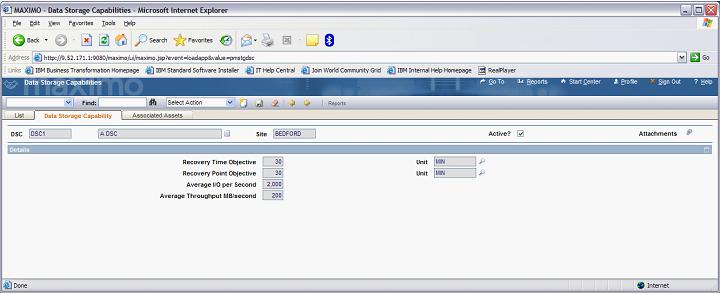
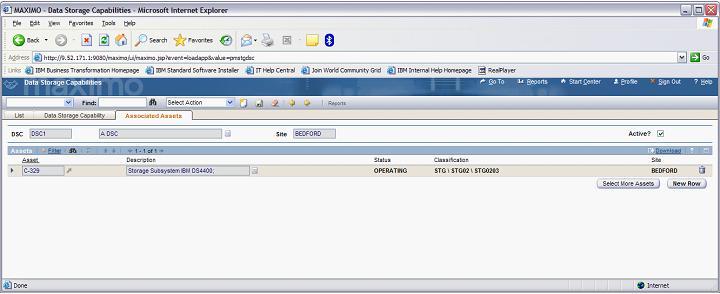
The intent of these constructs is to provide two, semi-independent abstractions: one to characterize data
requirements, the other to idealize the storage system capabilities. For example, by relating servers to
DSLOGs, requirements can change over time (or business necessity) through re-assigning the server-to-DSLOG
relationship. The DSLOGs themselves remain unchanged (unless, of course, there are new objectives introduced).
Similarly, changes in topology, technology, or characteristics in the storage layer do not necessarily change
the DSCs themselves, just the mapping of how those DSCs are physically realized. This separation allows new
technologies to be introduced without affecting the customer requirements specified with DSLOGs.
-
Request for storage capacity
Storage provisioning is the process of assigning disk space to a host computer system. Storage can be requested
for a number of reasons (new server, new applications, applications running out of space) and needs to be
provisioned from storage subsystems that match the business value of the data. Specifically this process is
targeting a storage area network (SAN) environment. The DSLOG is used to specify the data requirements for the
storage to be provisioned. Based on this, a determination of the DSC and storage subsystems can be determined.
TPC is used during assessment and implementation activities.
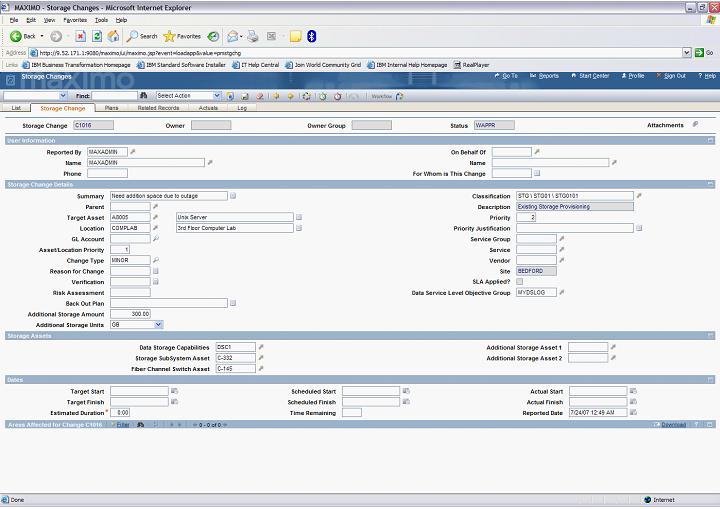
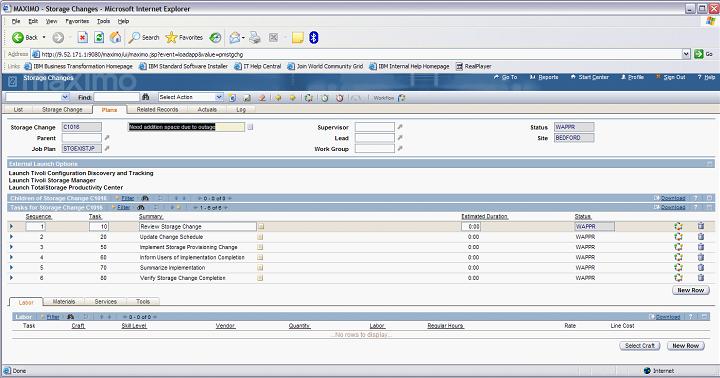
-
Request for data cleanup
The goal of data clean up is to relocate categories of files from primary storage on to secondary
storage (archive) or to remove them completely. The process will either be started by an operational
housekeeping process, or by a person or process requesting an increase in storage space on a server. By
utilizing the cleanup process, a customer might be able to delay storage hardware purchase and optimize
the usage of storage in the environment. TPC is used during the assessment and TSM is used during the
implementation activities.
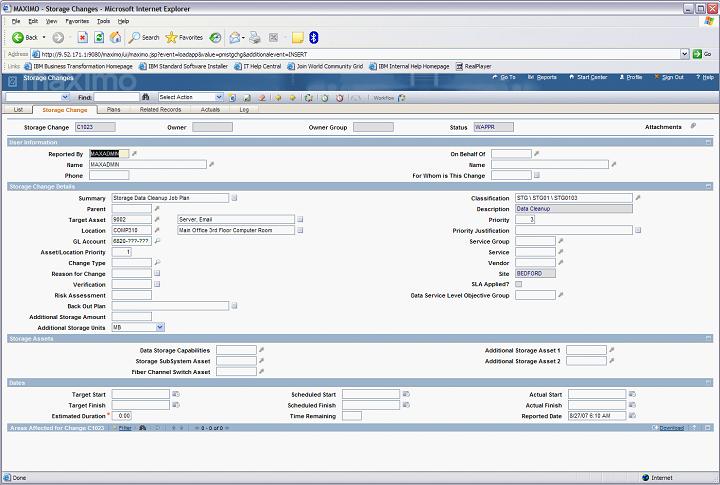
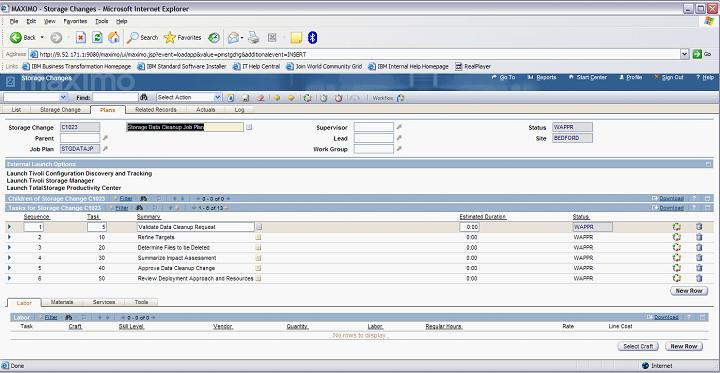
For more information
For more information about this tool, click IBM Tivoli Storage Process Manger at the top of this
page.
|









